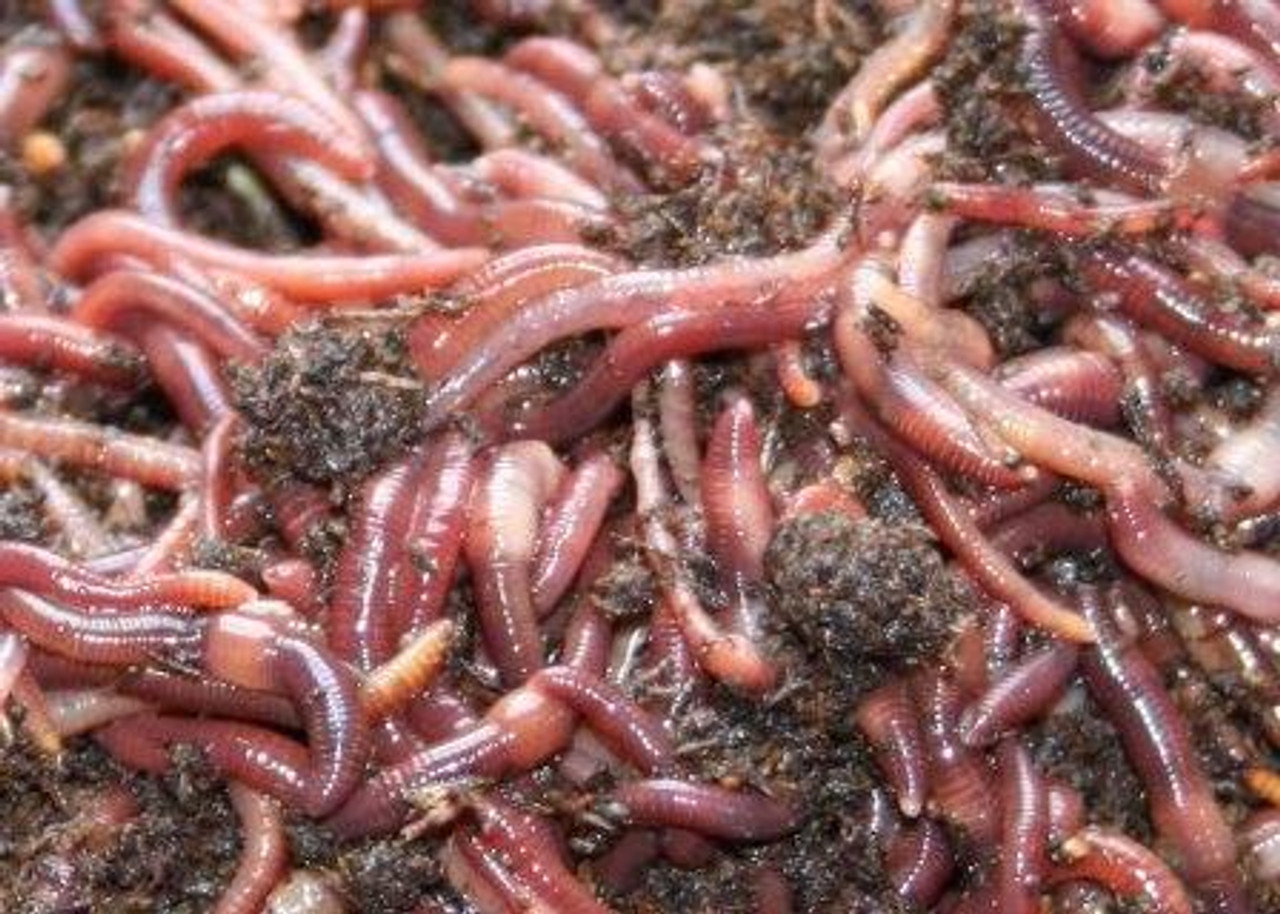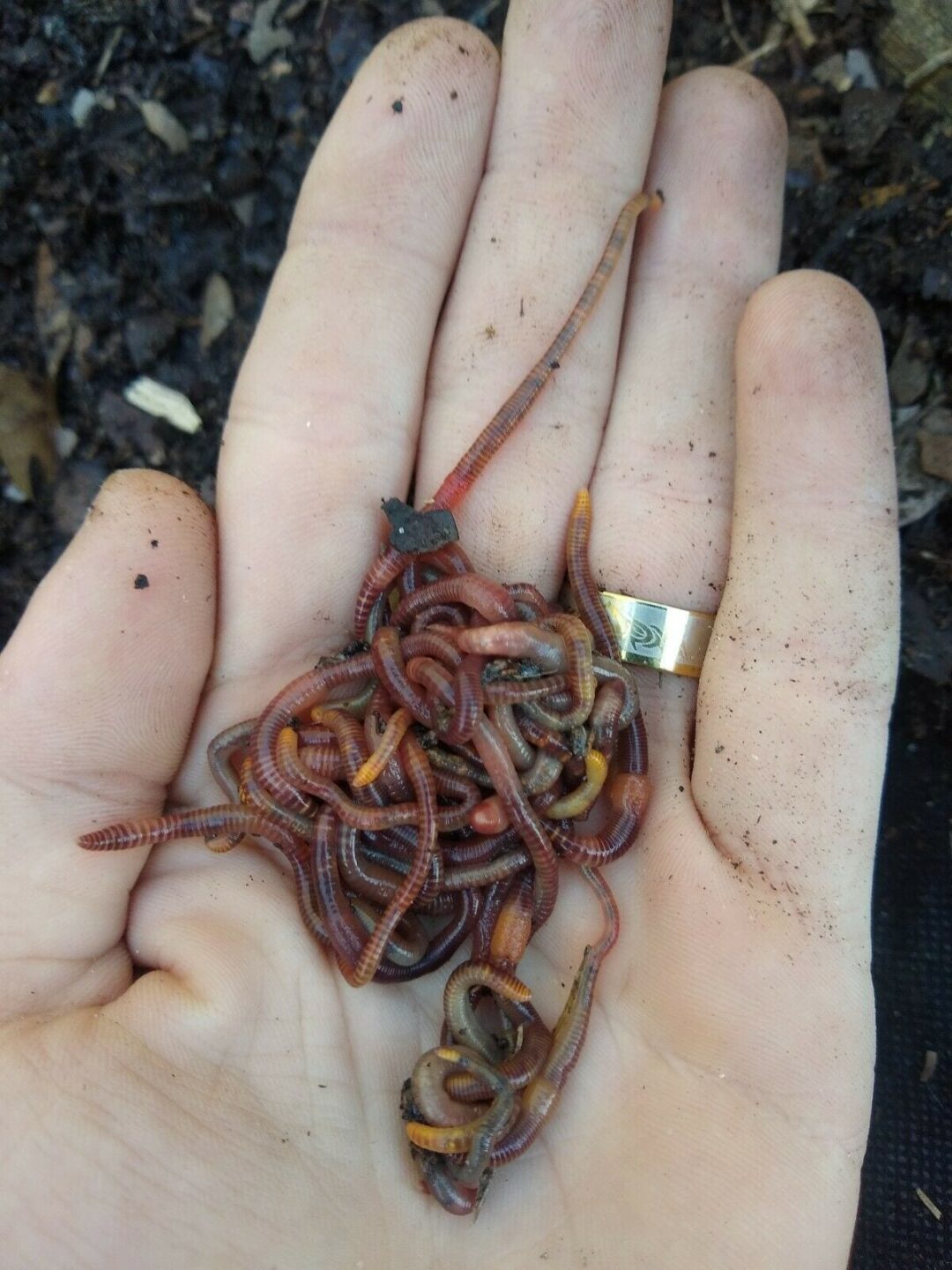Lake Hickory Bait: Providing Fresh Bait for Anglers Across the Region
Wiki Article
Red Wigglers: The Unsung Heroes of Organic Waste Recycling
Red wigglers, or Eisenia fetida, serve as vital agents in the natural waste recycling process, changing thrown out materials into useful vermicompost. As the world significantly seeks options to deal with waste accumulation and boost agricultural productivity, comprehending the duty of these worms ends up being crucial.What Are Red Wigglers?
The remarkable strength of red wigglers, scientifically referred to as Eisenia fetida, underscores their important function in natural waste recycling. These tiny, reddish-brown earthworms are normally found in breaking down raw material, such as compost heap and manure stacks. Lake Hickory Bait. Unlike other earthworm types, red wigglers thrive in nutrient-rich atmospheres and are highly reliable at damaging down organic materials, making them essential for vermicomposting
(Red Wiggler Express)In enhancement to their role in waste decrease, red wigglers add to dirt health by boosting soil framework and aeration with their delving tasks (Lake Hickory Bait). Their existence in composting systems not only boosts decomposition prices but also advertises a sustainable technique to waste administration, illustrating their relevance in environmental preservation initiatives
Benefits of Composting With Worms
Composting with worms, especially red wigglers, supplies countless advantages that enhance both waste monitoring and dirt wellness. These worms effectively damage down organic waste, converting it into nutrient-rich vermicompost that enriches soil. This process accelerates decomposition, enabling a faster recycling of kitchen scraps and various other natural products contrasted to conventional composting methods.In addition, the vermicompost generated by red wigglers is teeming with useful microbes, which aid enhance dirt framework, oygenation, and dampness retention. This improves the total health of plants, promoting strenuous development and enhanced returns in gardens and farming setups. The usage of worms in composting decreases the production of greenhouse gases, such as methane, contributing to a more sustainable waste monitoring system.

Just How to Start Vermicomposting
Developing a vermicomposting system is an uncomplicated procedure that can produce considerable benefits for both waste monitoring and dirt enrichment. To start, choose a suitable container, such as a plastic container or wood box, with adequate ventilation holes to make certain proper air flow. The dimensions ought to ideally be around 2 feet by 3 feet, permitting adequate area for the worms to flourish.Following, prepare bed linen product, which can be composed of shredded newspaper, cardboard, or coconut coir. This bed linen ought to be moistened to create a suitable environment for the worms. When the bed linen remains in location, present red wigglers (Eisenia fetida) into the bin, typically around one pound of worms for every single square foot of area.
Complying with the placement of worms, add organic waste, such as fruit and veggie scraps, coffee grounds, and smashed eggshells. Avoid including milk, meat, or oils, as these can develop smells and attract parasites. Lastly, position the bin in a shaded, temperature-controlled location to preserve ideal problems for worm task. With these steps, you will successfully initiate a vermicomposting system that adds to sustainable waste administration and enriches your dirt.
Maintaining a Healthy Worm Bin
(Red Wiggler Express)Maintaining a worm container prospering requires routine interest and treatment to ensure the health and wellness of the red wigglers and the performance of the composting procedure. Correct maintenance begins with monitoring the wetness degrees; the bin should perspire however not saturated. An excellent guideline is to maintain an uniformity comparable to a wrung-out sponge.Aeration is important also. Carefully blending the bed linens and food scraps every couple of weeks protects against compaction and guarantees that all worms have accessibility to oxygen. Additionally, it is crucial to feed the worms appropriately. A balanced diet regimen of vegetables and fruit scraps, coffee premises, and smashed eggshells ought to be used in small amounts to avoid overfeeding, which can bring about smells and bugs.
If the container comes to be as well hot or cool, the worms may come to be stressed. By vigilantly handling these variables, one can preserve a robust and effective worm bin.
Effect On Sustainable Living
The successful upkeep of a worm bin not only profits the health and wellness of red wigglers however also adds substantially to sustainable living methods. By reusing natural waste, such as kitchen area scraps and yard debris, red wigglers more helpful hints aid draw away significant amounts of material from landfills. This decrease in waste not just decreases greenhouse gas exhausts yet likewise decreases the environmental problem linked with waste monitoring.Moreover, the castings created by red wigglers serve as a nutrient-rich natural plant food, improving dirt health and wellness and advertising plant development. This all-natural alternative to chemical fertilizers supports sustainable agriculture and horticulture practices, decreasing reliance on artificial inputs that can harm communities. Additionally, worm composting fosters recognition of waste management, motivating individuals and communities to take on even more sustainable behaviors.

Conclusion
In summary, red wigglers serve as important contributors to natural waste reusing via their effective decomposition of natural products. By incorporating vermicomposting into waste management strategies, people and neighborhoods can considerably reduce waste while advertising ecological sustainability.Report this wiki page